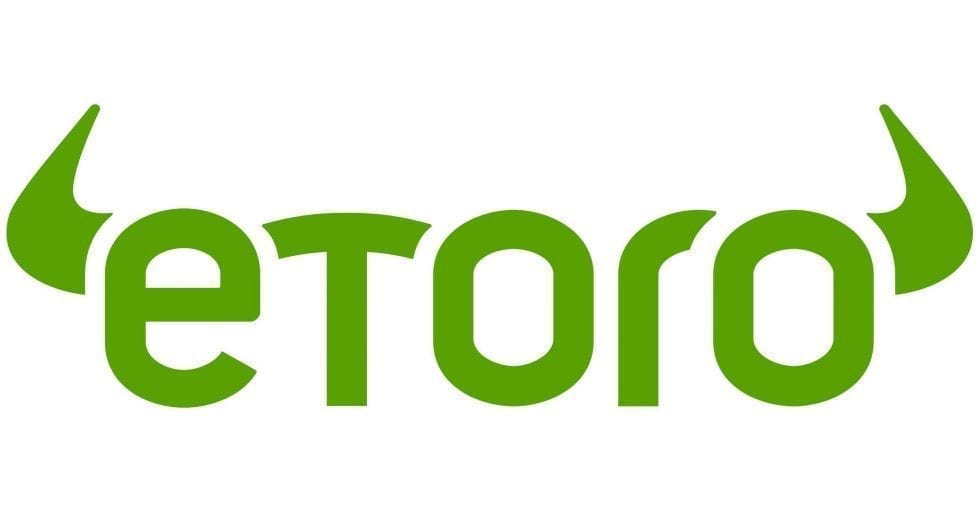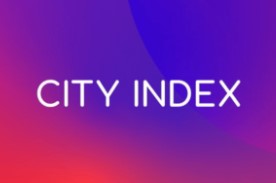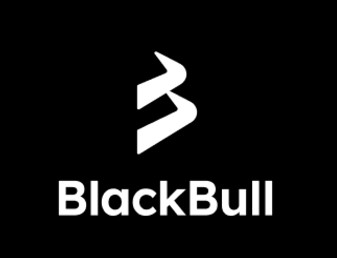The Reserve Bank of Australia (RBA) is approaching a pivotal decision point as inflation figures show signs of slowing down. The Australian Bureau of Statistics reported that the consumer price index (CPI) rose by just 0.2% in the December quarter, leading to an annual rise of 2.4%. Furthermore, underlying inflation, or trimmed mean inflation, decreased to 3.2% from 3.6% in the previous quarter.
This backdrop has prompted the RBA to consider cutting interest rates for the first time since November 2020. The RBA meeting scheduled for February 18 is surrounded by speculation, with money markets indicating a 95% probability of a rate cut from the current 4.35% to 4.10%. Australia’s cash rate is the highest it has been in 13 years, following the last rate hike in November 2023.
Economists are voicing their predictions with several of them, including those from ANZ, Commonwealth Bank, and Westpac, forecasting a February rate cut. On the other hand, National Australia Bank stands out by predicting the first reduction in May instead.
Economic experts are weighing in on the driving factors behind a potential rate cut. Westpac’s chief economist, Luci Ellis, points to the faster-than-expected disinflation as a significant influence, while Brendan Rynne of KPMG stresses that consistent inflation within target bounds is essential before considering rate cuts.
With inflation rates slowing, there is heightened anticipation surrounding the RBA’s upcoming decision on interest rates. All eyes are set on the February meeting, with strong market indicators suggesting a significant monetary policy shift could be imminent.
Top Australian Brokers
- Pepperstone - Trading education - Read our review
- IC Markets - Experienced and highly regulated - Read our review
- eToro - Social and copy trading platform - Read our review
Don’t Buy Just Yet
You will want to see this before you make any decisions.
Before you decide which shares to add to your portfolio you might want to take a look at this special report we recently published.
Our experts picked out The 5 best ASX shares to buy in 2024.
We’re giving away this valuable research for FREE.
Click below to secure your copy





